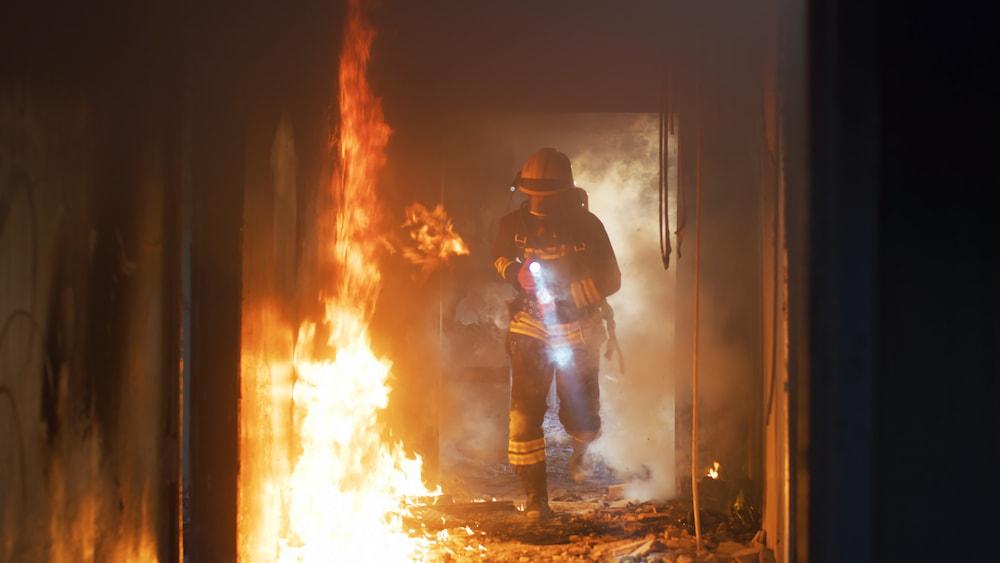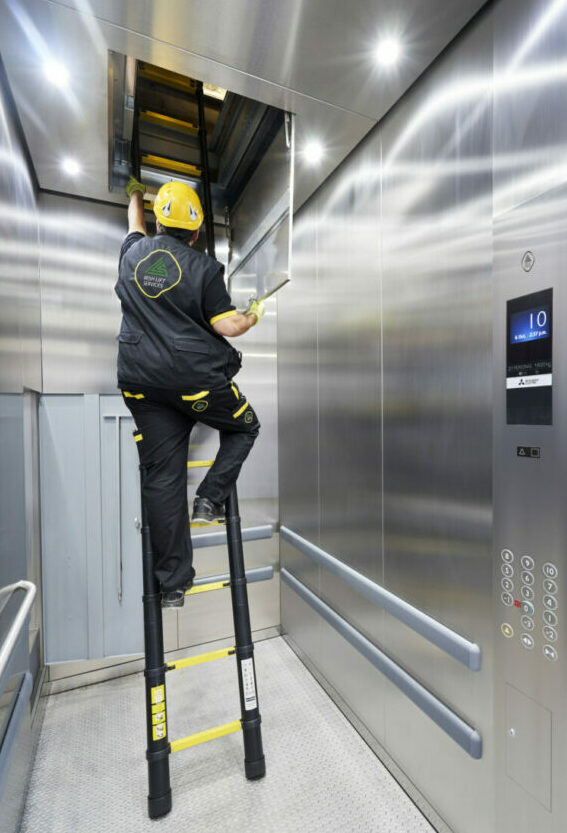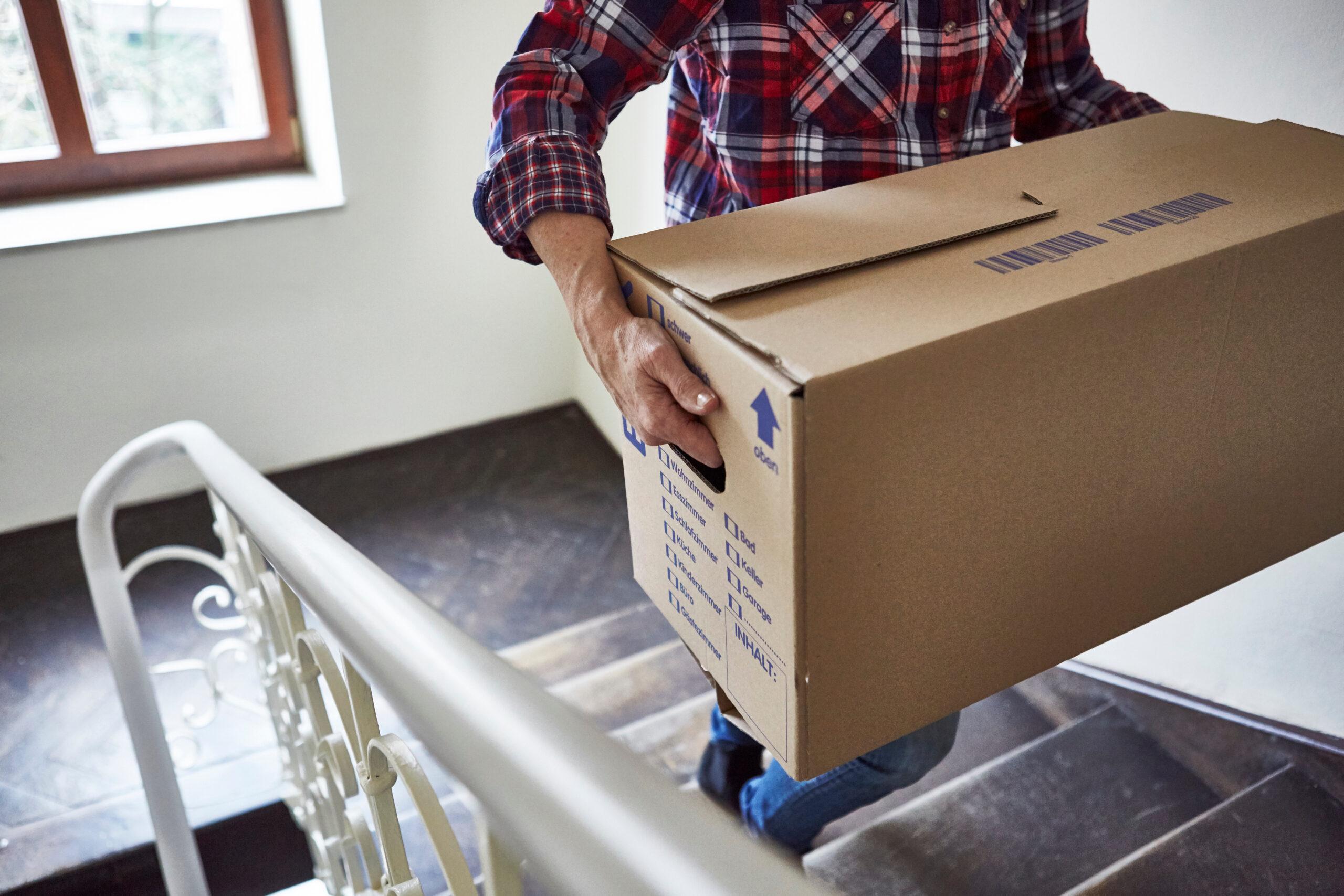In this article we address the topic of safety. In particular, we focus on emergency fire lifts that are used for firefighting in a building. They are used, in an emergency, to transport firefighters and their equipment to the required floors only. The Lifts also operate as standard passenger lifts when there is no fire or emergency in the building.
Safety regulations for emergency fire lifts
Fire emergency lifts have to meet a number of requirements, which differentiate them from normal lifts. For example, they must be equipped with specific signalling and safety devices, and are capable of operating under extreme conditions, under the exclusive control of the fire brigade.
During a fire emergency, to protect the user from risk, the lift is taken out of service. When the alarm or the building’s fire system is activated, the lift takes the users in the cabin to the designated evacuation floor, leaving the machine on stand-by to be used by the fire brigade.

What are the specific requirements for the emergency fire lift?
- The shaft and lift environment must be designed to restrict the passage of fire, heat and smoke into the shaft, machinery spaces and safety areas.
- The design of the building should limit the ingress of water into the lift shaft.
- The fire lift must not be used as an escape route.
- The machine must have a shutdown on each and every floor of the building.
- The shaft and the surroundings of the lift must be protected against fire to at least the same level as the building structure.
- The power supply must be safe and reliable.
- The lift must have a secondary power supply available.
- Electrical cables supplying power to the lift shall be waterproof.
- Appropriate maintenance and verification plans should be implemented.
- It must be possible to unlock the lift doors easily and open them from inside the shaft without the need for keys or tools of any kind to facilitate self-rescue.
- The cabin must be equipped with an intercom, which allows the cabin occupants to communicate with the evacuation floor of the building.
- It must be equipped with a latch that activates the fire service, and it is exclusively from the cabin and avoids being called from the floors.
- In lifts with double-boarding cabs, during fire-fighting operations, it must not be possible to keep more than one of the cabin doors open at any one time.
- The installation must prevent the disablement of the external push buttons and push button panels due to fire or water from causing the lift to stop. The pushbuttons and pushbutton panels must be independent of each other, with no wiring in series that could cause a fault in the event of failure of any of their circuits.
What are the requirements for the environment and the building around the lift?
When we talk about safety in the lift, we are talking about the core of fire safety staircases valid for public and non-public buildings. In this sense:
- Fire lift access landings shall be sectored and be a safe area for fire fighting operations.
- Fire lift access landings shall be sectored and form an enclosed area isolated from the rest of the building by a fire door.
- Fire sprinklers shall not be fitted in the shaft and machine rooms of the fire lift.
These safe zones are intended to protect the lift shaft, firefighters and potential evacuees from fire, heat and smoke, as well as allowing firefighters trapped in the cabin to escape via emergency hatches.

Other requirements for fire lifts
- Fire-fighting lifts, or lifts for firefighters, must be able to be activated by a specific signal that reaches the lift operation in the event of a fire.
- They must reach the highest landing from the fire access level in less than 60 seconds from the closing of doors. For lifts with a travel distance greater than 200 metres, this time may be increased by 1 second for each additional 3 metres of travel height.
In summary, a fire elevator, unlike a normal fire elevator, must be designed to operate as long as possible under extreme conditions. In particular, the reliability of the power supply and circuitry is essential to the operation of the fire elevator. This type of elevator can be used as a passenger elevator when there is no fire.
The additional features of a fire lift shall be included in the maintenance programme of the lift to ensure safe and reliable operation.
If you need further information about this type of fire lifts, remember that we are at your disposal 24 hours a day, 7 days a week. To do so, please fill in the following form.
Basic information on data protection: In accordance with the GDPR and the LOPDGDD, FAIN ASCENSORES S.A. will process the provided data in order to contact you with the information you need. For more information about the processing of your data and to exercise your rights, please visit our privacy policy




